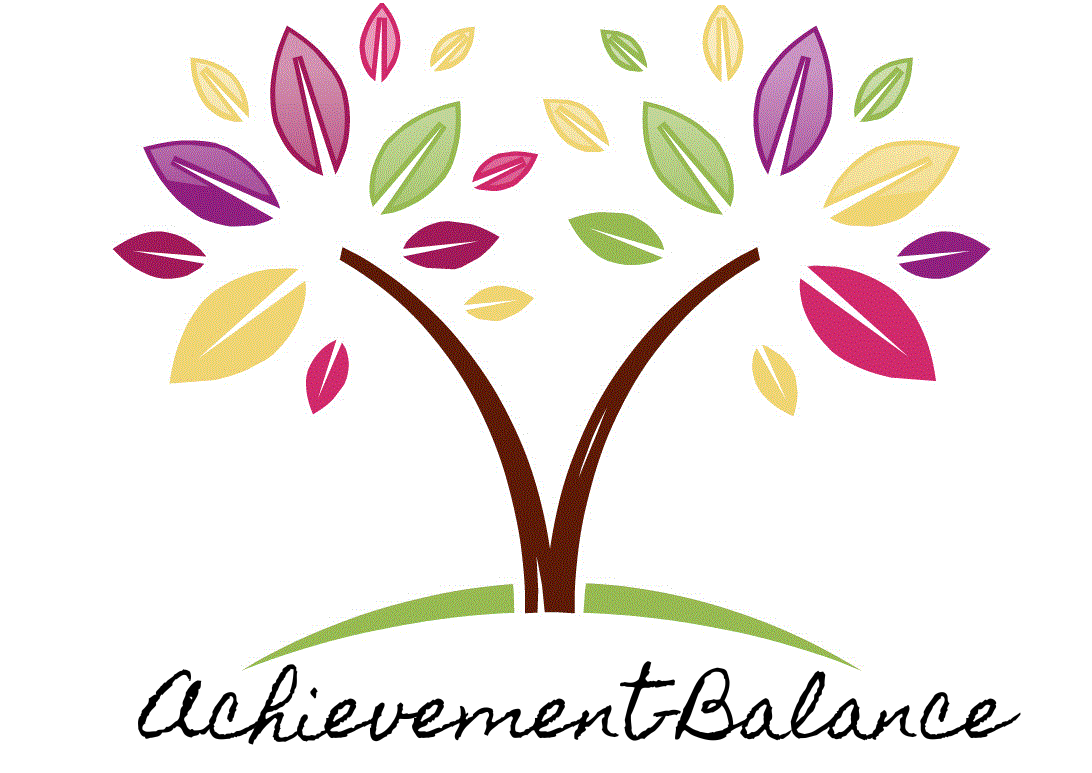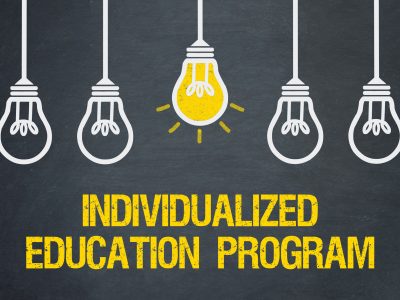
Applied Behavior Analysis, or ABA, is one of the most effective ways to teach children with special needs such as Autism Spectrum Disorder (ASD), Pervasive Developmental Disorder (PDD), Down Syndrome, or other Developmental Disabilities.
ABA Therapy focuses on the idea that consequences shape what and how we learn, which means, when put into practice, Applied Behavior Analysis can be used in a number of therapies at Achievement Balance in order to increase desired behaviors and ease learning difficulties.
We use our ABA style with a number of therapies, such as Cognitive Behavior Therapy, or CBT, Occupational Therapy, Physical Therapy, and Speech or Verbal Therapy. In addition, we use Natural Environment Teaching, or Incidental Teaching, to help our clients with language, situational learning, and how to react or cope in common, low-pressure settings.
Research has shown great strides for students and children with special needs when ABA Therapies are implemented correctly and consistently, but what are the unique benefits of ABA Occupational Therapy? What makes it different? And what do we mean when we use the term ‘ABA Occupational Therapy’?
These are common and great questions that we often get from the parents of our clients.
Achievement Balance wants to keep our families informed and a part of the therapy process, so we have compiled 3 great benefits that your family, child, or student will encounter as they travel along through our AB Occupational Therapy treatment.
3 Benefits of ABA Occupational Therapy
- ABA Occupational Therapy, and all of Achievement Balance’ Therapies focus on positive reinforcement. But what does ‘positive reinforcement’ mean?
Positive reinforcement means we use reinforcement, or rewards, to increase desirable behavior. The ‘positive’ merely means we are adding a reward.
Think of it as a math problem – both positive and negative reinforcement increases a behavior because ‘reinforcement’ always results in an increase in the behavior. The negative (like a minus sign) means we take away (-) a bad item or situation, therefore increasing the behavior. Whereas the positive (like a plus sign) means we add (+) a good item or situation, therefore increasing the behavior.
These terms are commonly mixed up, but we have a great and simple example to help!
Positive Reinforcement: A child uses verbal skills to ask for a toy, we then give the toy to the child. This increases (reinforces) the behavior of using verbal skills in order to gain (+) the toy. Here, the toy is the reward.
Now compare to negative reinforcement.
Negative Reinforcement: We are driving without our seatbelt and our car beeps at us until we buckle up to make the noise stop. This increases (reinforces) the behavior of using our seatbelt in order to take away (-) the noise. Here, the silence is the reward.
Studies show that both negative and positive reinforcement cause an increase in behaviors. However, positive reinforcement has a stronger impact on children and works well when coupled with Cognitive Behavioral Therapy to positively affect their thought process and behaviors.
When implemented knowingly and consistently, we are able to reinforce positive behaviors through ABA Occupational Therapy, positive reinforcement and CBT Therapy.
- ABA Occupational Therapy is used to teach a wide variety of skills, such as requesting, academic skills, independent and functional living skills, and social skills.
We are able to use ABA Therapy in so many ways because each treatment plan is individualized in the ABA Occupational Therapy program.
Each client is assessed by our Board Certified Behavior Analyst (BCBA), then the caregivers are interviewed so we can get the fullest picture of what your child needs, what areas we should work in, and which behaviors we should focus on increasing or decreasing.
After an individual treatment plan is created, we work on small (or discrete) steps towards the desired behaviors. We use ongoing research, data and behavior analysis to make future decisions in the treatment plan.
- Achievement Balance’ methodology for ABA Occupational Therapy begins with small steps to introduce the desired motor skills and needed materials for their specific goals. This means we make sure our first goal is that the child is comfortable with their learning environment.
Often, handwriting or fine motor skills are a part of this initial process as many occupational skills or functional living skills stem from this building block.
Some of the specific benefits of these skills, building blocks and ABA Occupational Therapy, are an increase of independence and self-confidence, a reduction in frustration and frustration behaviors, higher organizational skills and an improvement in social interaction skills.
Does ABA Occupational Therapy Sound Right for Your Family?
If your child is struggling to gain the skills they need for a functional, autonomous life, or if they are often frustrated with tasks they want to complete independently, then Achievement Balance’ ABA Occupational Therapy might be an option for helping them reach their full potential and gain confidence and independence.
Achievement Balance believes each child is special with a wealth of potential just waiting to be discovered. Reach out to your local Achievement Balance branch today and let us walk together to find the best treatment plan for your child.



